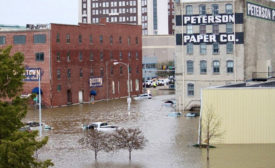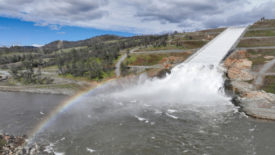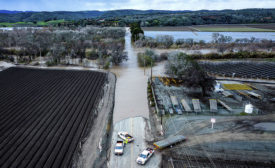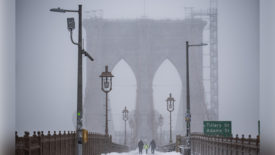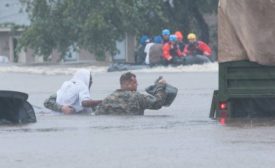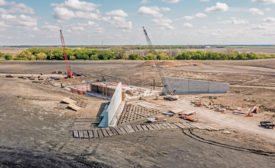Home » Keywords: » Flooding
Items Tagged with 'Flooding'
ARTICLES
Natural Disasters
Kentucky Begins Assessment of Flood Damage in Rural Areas
Kentucky governor calls damage in flood-affected counties 'absolutely devastating'
Read More
East Coast Evaluates Damage After Fast-Moving 'Bomb Cyclone'
Storm churns coastal flooding and up to two feet of snow
Read More
Digging Deeper | Flood Control
Wild Rice River Structure Will Help Tame Floods in the Red River Corridor
Crews are building a complex diversion system on the Wild Rice River in North Dakota to mitigate the area’s notorious spring floods
Read More
The latest news and information
#1 Source for Construction News, Data, Rankings, Analysis, and Commentary
JOIN ENR UNLIMITEDCopyright ©2024. All Rights Reserved BNP Media.
Design, CMS, Hosting & Web Development :: ePublishing

